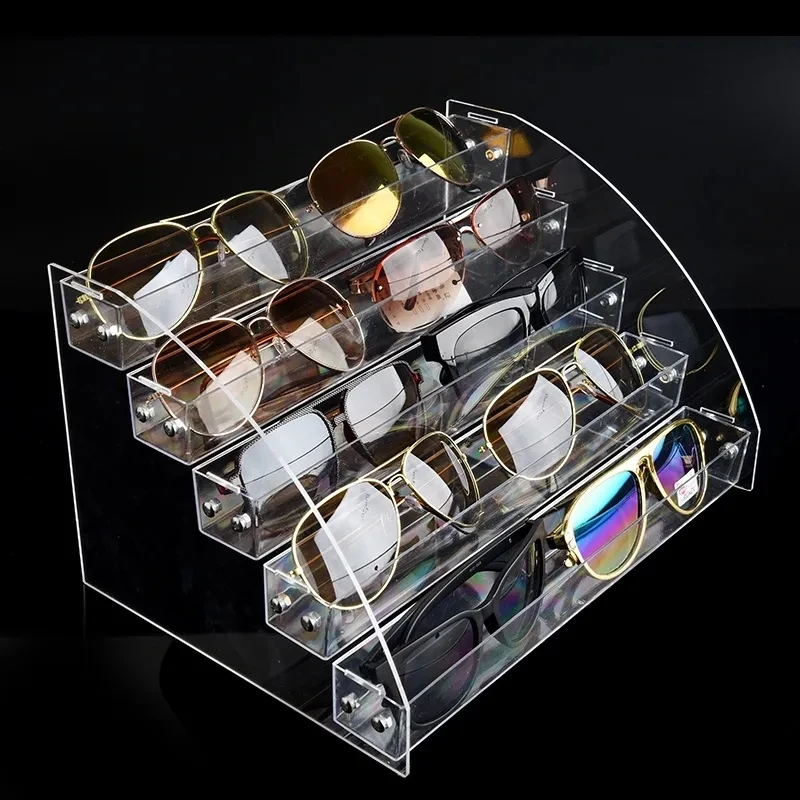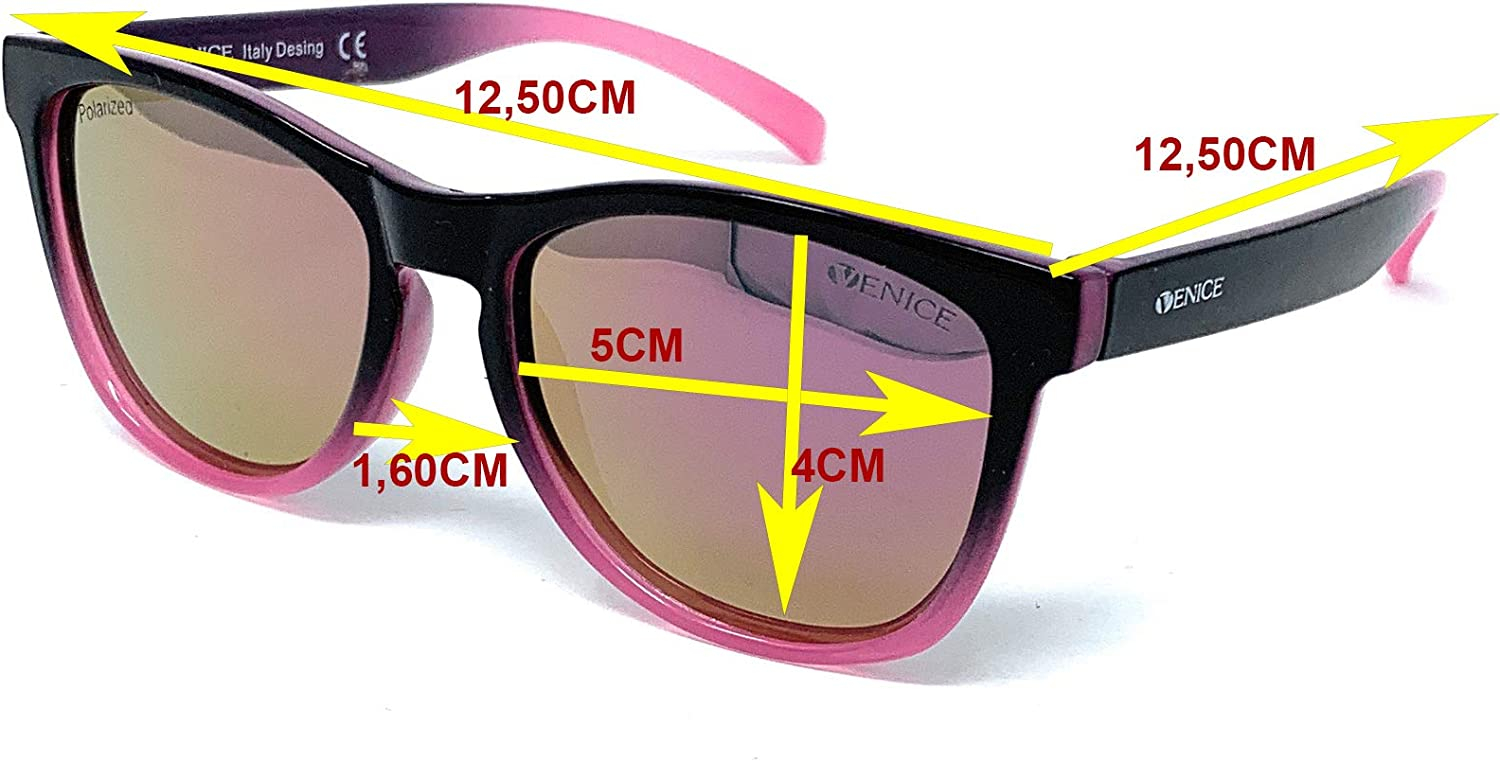
Acrilice Ochelari De Soare Ochelari De Afișare Standuri 1-7 Straturi Raft Ochelari Organizator Rack De Afișare Stand Titularii De Decorare Store cumpara online < Casa De Depozitare & Organizare ~ Emagmedicale.ro

Ochelari de soare Rama Suport Display Pas Raft Organizator Transparent ochelari de soare Rack Ochelari Organizator Trepte Rack de Afișare pentru a Arăta - Casa De Depozitare & Organizare | Jurnaldebarlad.ro

Ochelari de soare Rama Suport Display Pas Raft Organizator Transparent ochelari de soare Rack Ochelari Organizator Trepte Rack de Afișare pentru a Arăta - Casa De Depozitare & Organizare | Jurnaldebarlad.ro

Cumpără Raft din lemn ochelari de soare rack de depozitare ochelari de vedere de afișare standuri ochelari suport raft expoziție cadru | Joom

Producători de organizatoare de depozitare pentru ochelari de soare montate pe perete din lemn rustic

Cumpără Raft din lemn ochelari de soare rack de depozitare ochelari de vedere de afișare standuri ochelari suport raft expoziție cadru | Joom

De lux fără ramă de ochelari de soare pentru barbati femei pătrat neregulat designer de brand cadru metalic ochelari de soare femei dublu fascicul mare de ochelari pentru < Îmbrăcăminte Accesorii -

Acril transparent singură pereche de ochelari suport de stocare personală ochelari de stocare magazin de ochelari de afișare rack oculare organizator vanzare < Casa De Depozitare & Organizare \ Bivoli.ro

Acrilice Ochelari De Soare Ochelari De Afișare Standuri 1-7 Straturi Raft Ochelari Organizator Rack De Afișare Stand Titularii De Decorare Store cumpara online < Casa De Depozitare & Organizare ~ Emagmedicale.ro

Cumpara Modern 18 Grile De Ochelari Cutie De Depozitare Ochelari De Soare Ochelari De Stocare De Caz Display Stand Titular Caz Dulap Organizator Pliabil ~ Casa de depozitare & organizare / www.pizzeriaalforno.ro

Cosmetice Parfumuri Cutie De Depozitare Dulap Oglindă Desktop Produse De Îngrijire A Pielii Pensule De Machiaj Salon Ruj Raft De Depozitare Pentru Dormitor cumpara / Casa De Depozitare & Organizare \ The-a-team.ro

Acril transparent singură pereche de ochelari suport de stocare personală ochelari de stocare magazin de ochelari de afișare rack oculare organizator vanzare < Casa De Depozitare & Organizare \ Bivoli.ro

Cumpără Raft din lemn ochelari de soare rack de depozitare ochelari de vedere de afișare standuri ochelari suport raft expoziție cadru | Joom



)
)







